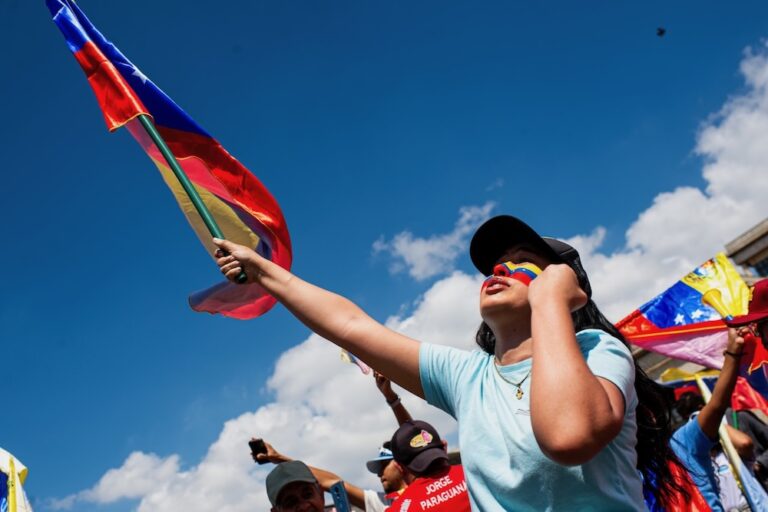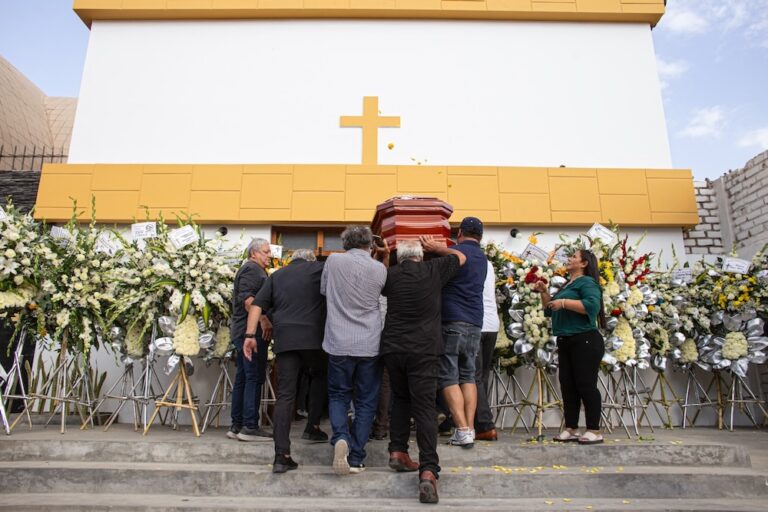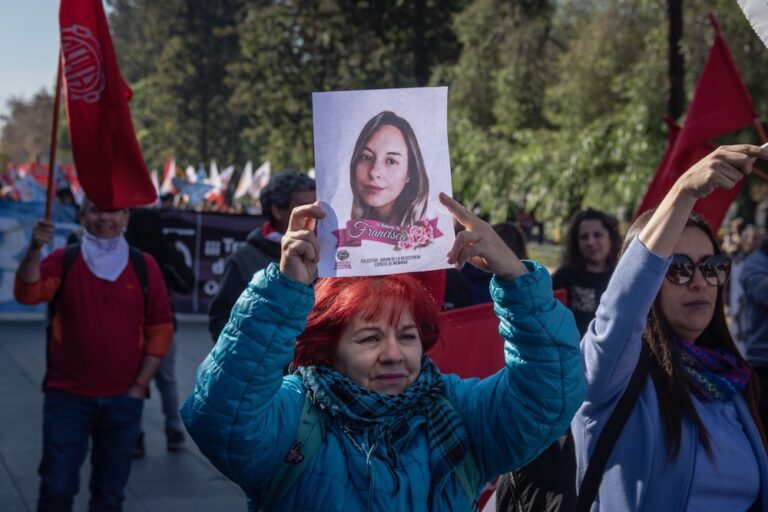(IPYS/IFEX) – The subcommittee (of the Congressional Permanent Committee) in charge of the investigation of the constitutional charge made against former Minister Tomás Gonzales Reátegui has summoned five journalists who played a role in distributing information related to the case. **Updates IFEX alerts of 16 February 1999 and 19 October and 30 September 1998** Gonzales […]
(IPYS/IFEX) – The subcommittee (of the Congressional Permanent Committee) in
charge of the investigation of the constitutional charge made against former
Minister Tomás Gonzales Reátegui has summoned five journalists who played a
role in distributing information related to the case.
**Updates IFEX alerts of 16 February 1999 and 19 October and 30 September
1998**
Gonzales Reátegui was accused by journalist Isaac García Villanueva, on
radio Siglo XXI of Tarapoto, department of San Martín, of trying to sway
political opinions in support of the pro-government movement “Vamos Vecino”
(“Let’s go neighbour”) candidates and in particular in support of his cousin
and candidate for re-election in Tarapoto, Rolando Reátegui. Reátegui was
the national secretary general for the “Vamos Vecino” movement. García
played a tape recording on the radio in which the then Minister was heard
speaking during an improvised public demonstration, asking for support for
his cousin to be re-elected as mayor of the Provincial Municipality of
Tarapoto.
Among those who were summoned to testify before the Congressional
subcommittee, are García, the owner of radio Siglo XXI, José Chong Flores,
Miguel Ramírez and Daniel Vega, of the investigative unit of the “El
Comercio” newspaper, and journalist Helí Flores Lazo, correspondent with the
“Ahora” newspaper.
The president of the subcommittee, member of Congress Oscar Medelius, stated
that the dates and times of the summonses have not been determined yet but
that these would be arranged in consultation with the summoned persons. He
added that, as part of the investigation, a technical expert would analyse
the tape recording that García used and handwriting evidence would be taken
from his notebook.


